EK:n joulukuussa tekemän suhdannetiedustelun mukaan suomalaisyritysten suhdannekuva on tällä hetkellä varsin vaisu, vaikka suurta muutosta heikompaan ei loppusyksyn aikana olekaan tapahtunut. Euroopan velkakriisi synkentää edelleen kasvunäkymiä ja tekee tilanteesta hyvin epävarman. Luottamusindikaattorit ovat vähittäiskauppaa lukuun ottamatta pitkäaikaisten keskiarvojen alapuolella.
Teollisuuden luottamus pysyi ennallaan melko vaisulla tasolla. Tuotannon kasvun arvioidaan päättyvän, ja tilauskanta on jonkin verran normaalia niukempi.
Palvelualojen luottamus jatkoi laskussa. Suhdannekuva on heikentynyt, vaikka myynti pysyi vielä kasvussa.
Vähittäiskaupan luottamusindikaattori pysyi ennallaan. Myynti on pysynyt kasvussa, mutta varastot ovat suurentuneet.




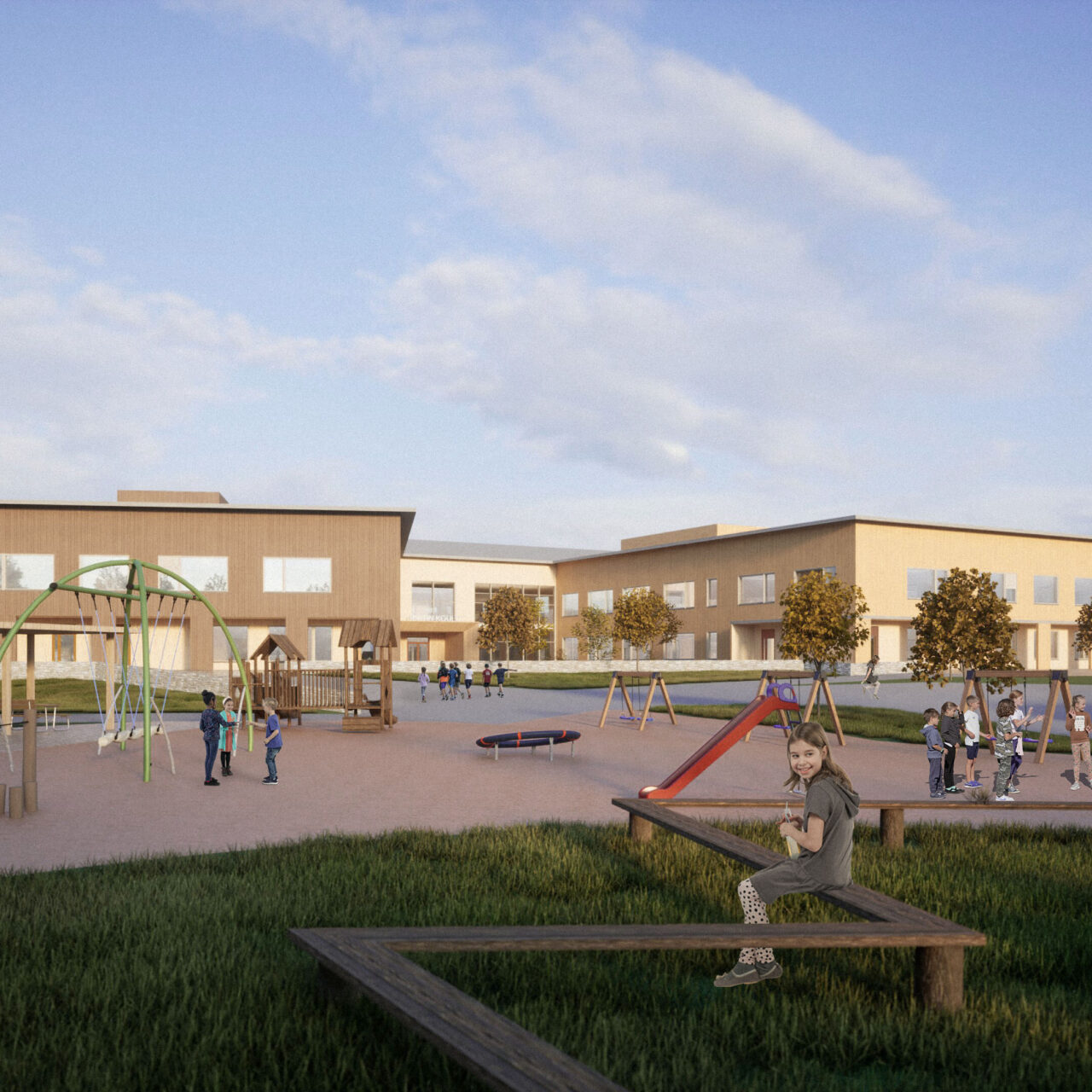
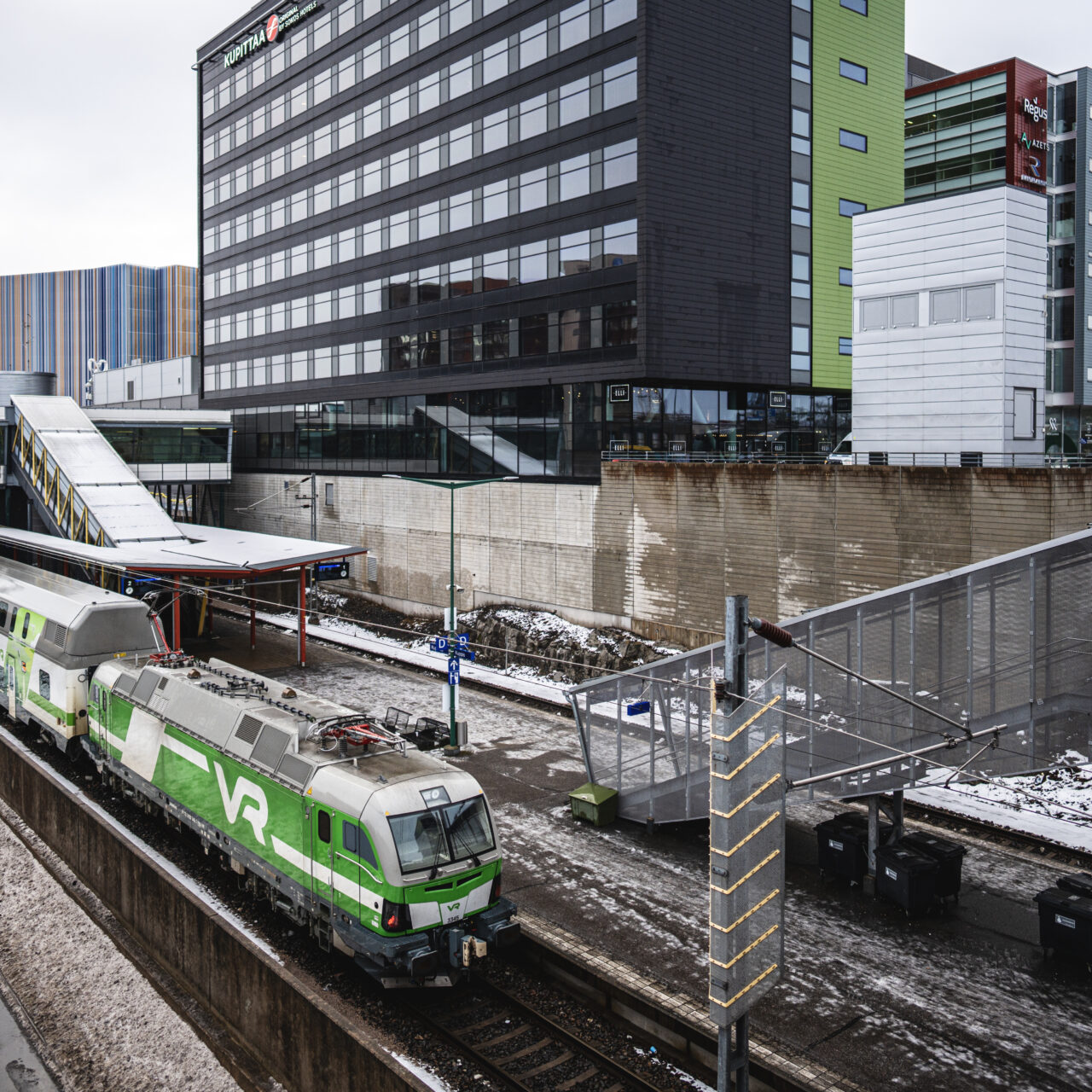
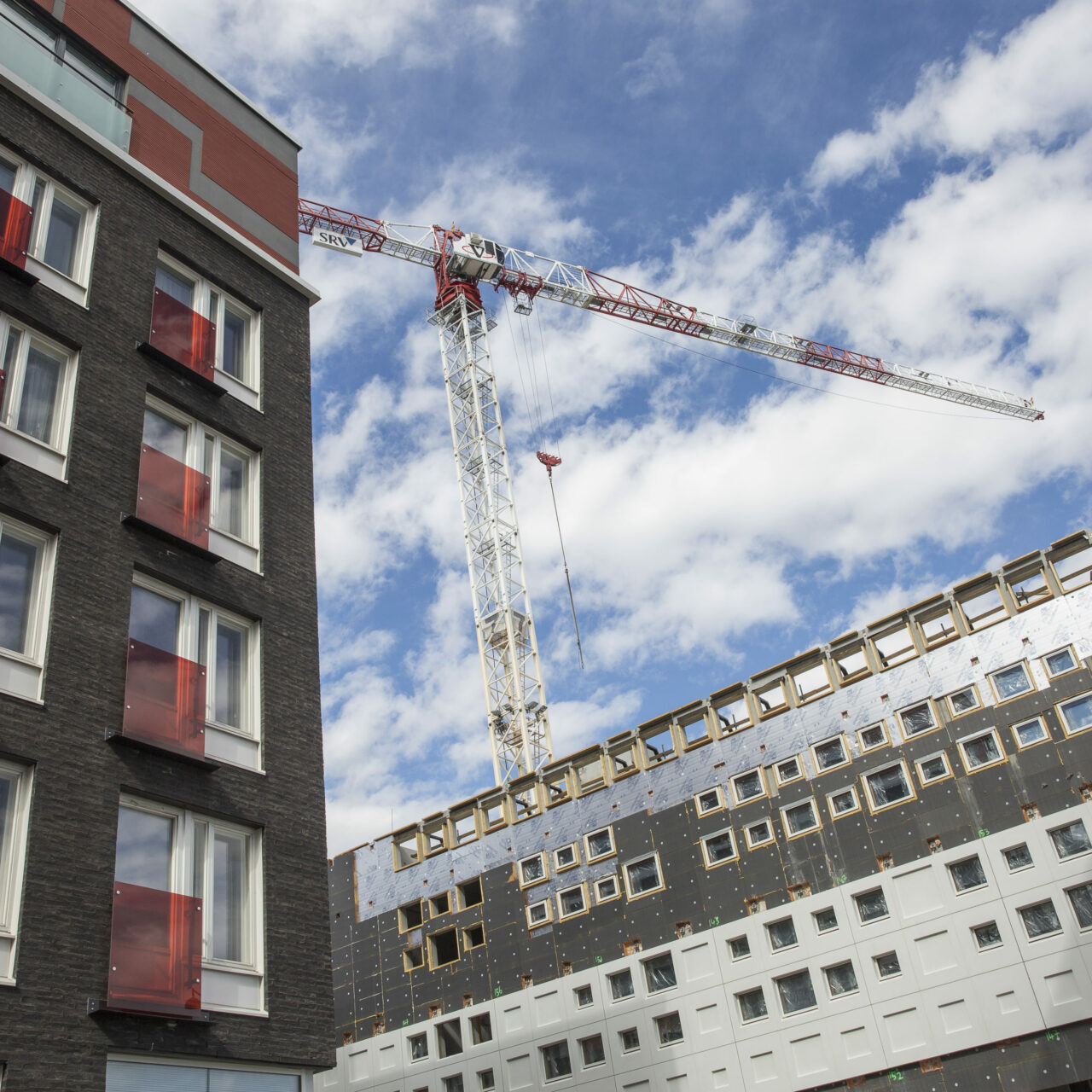




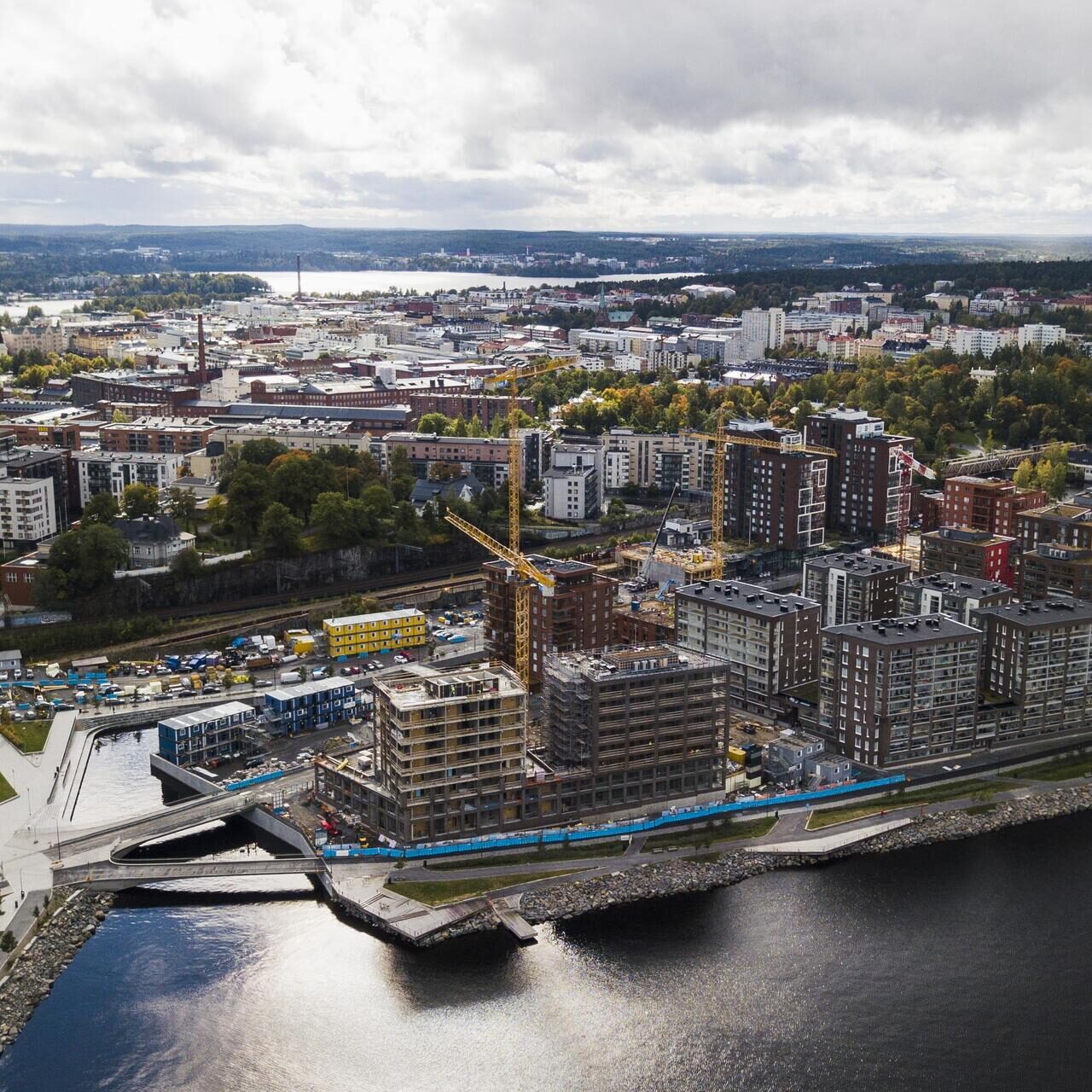
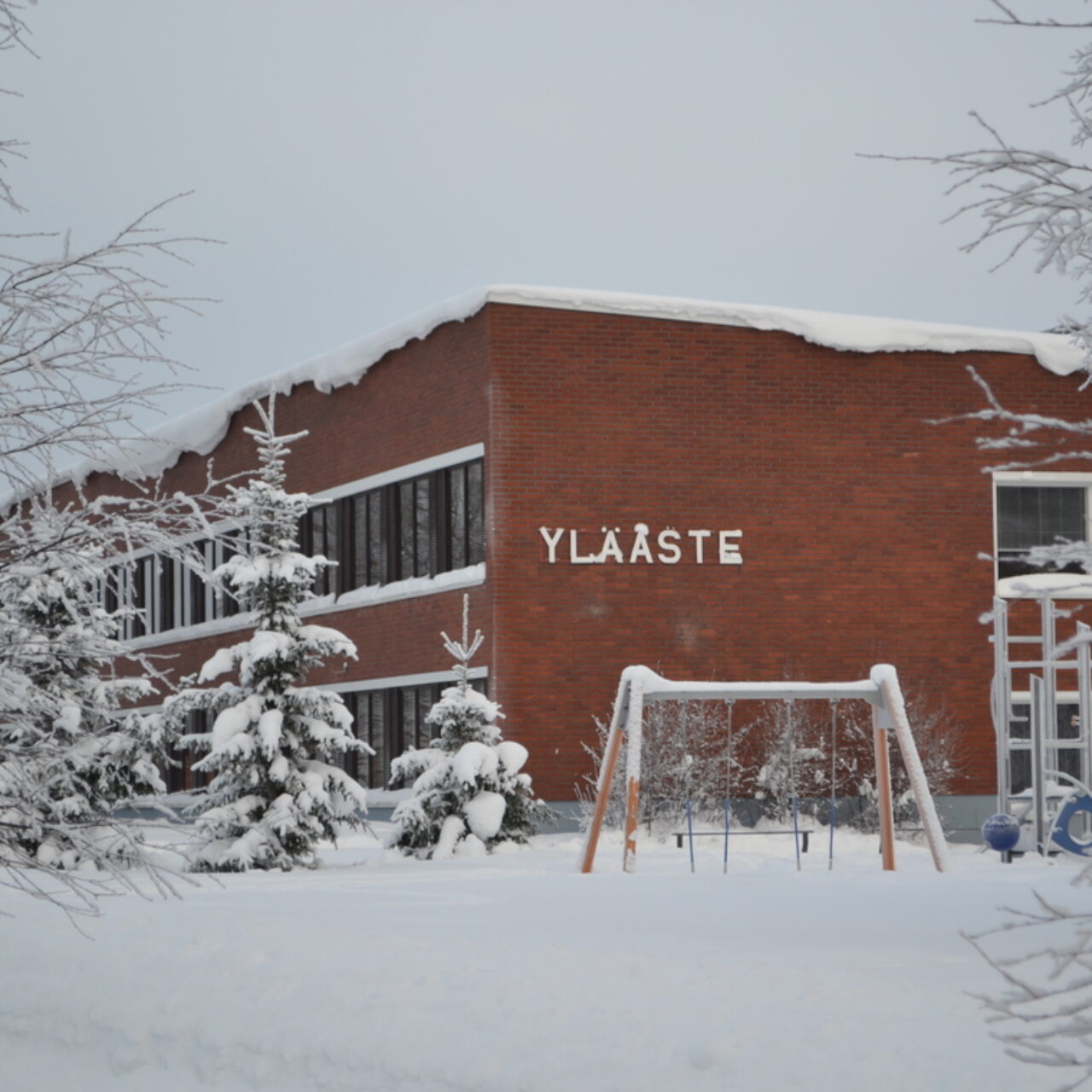

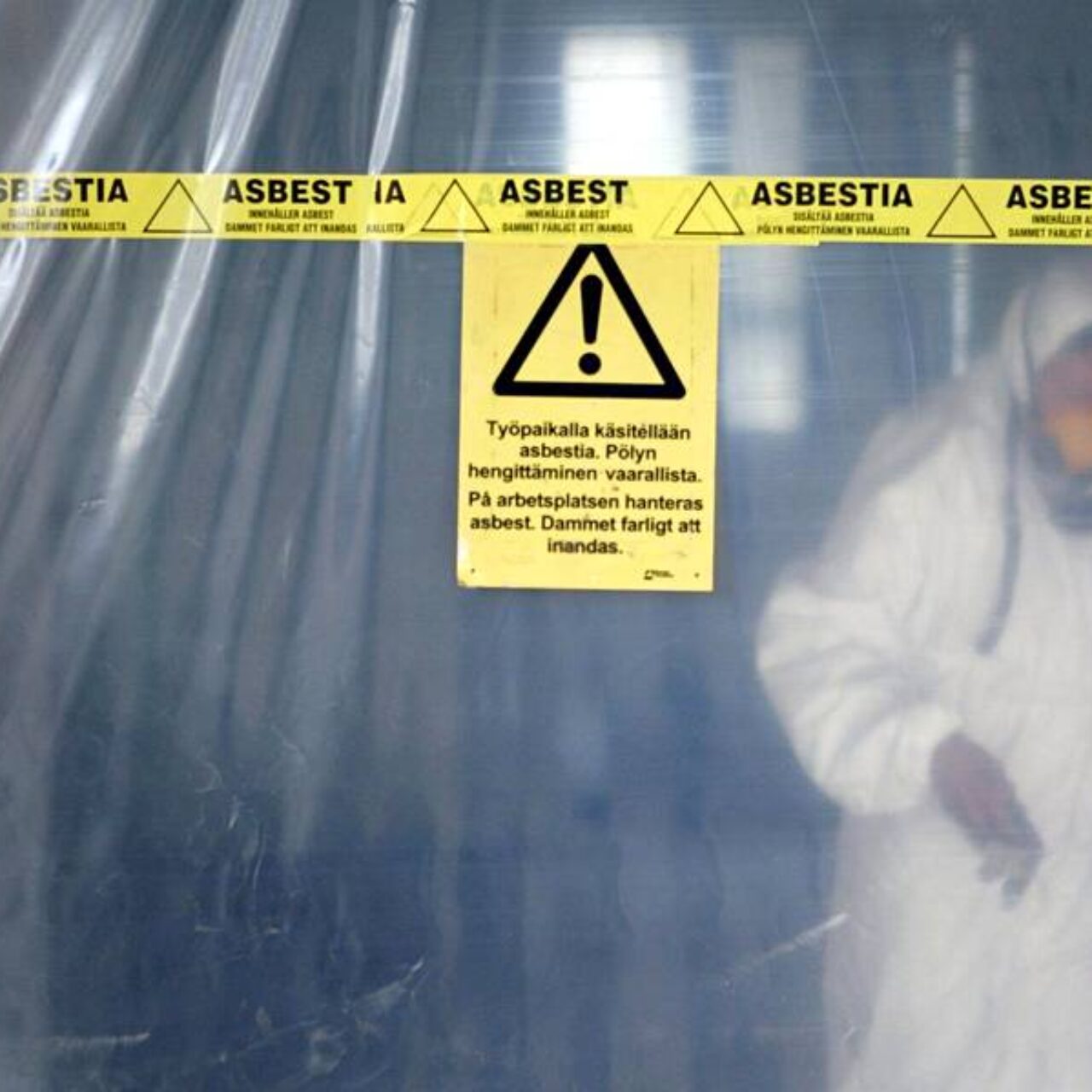

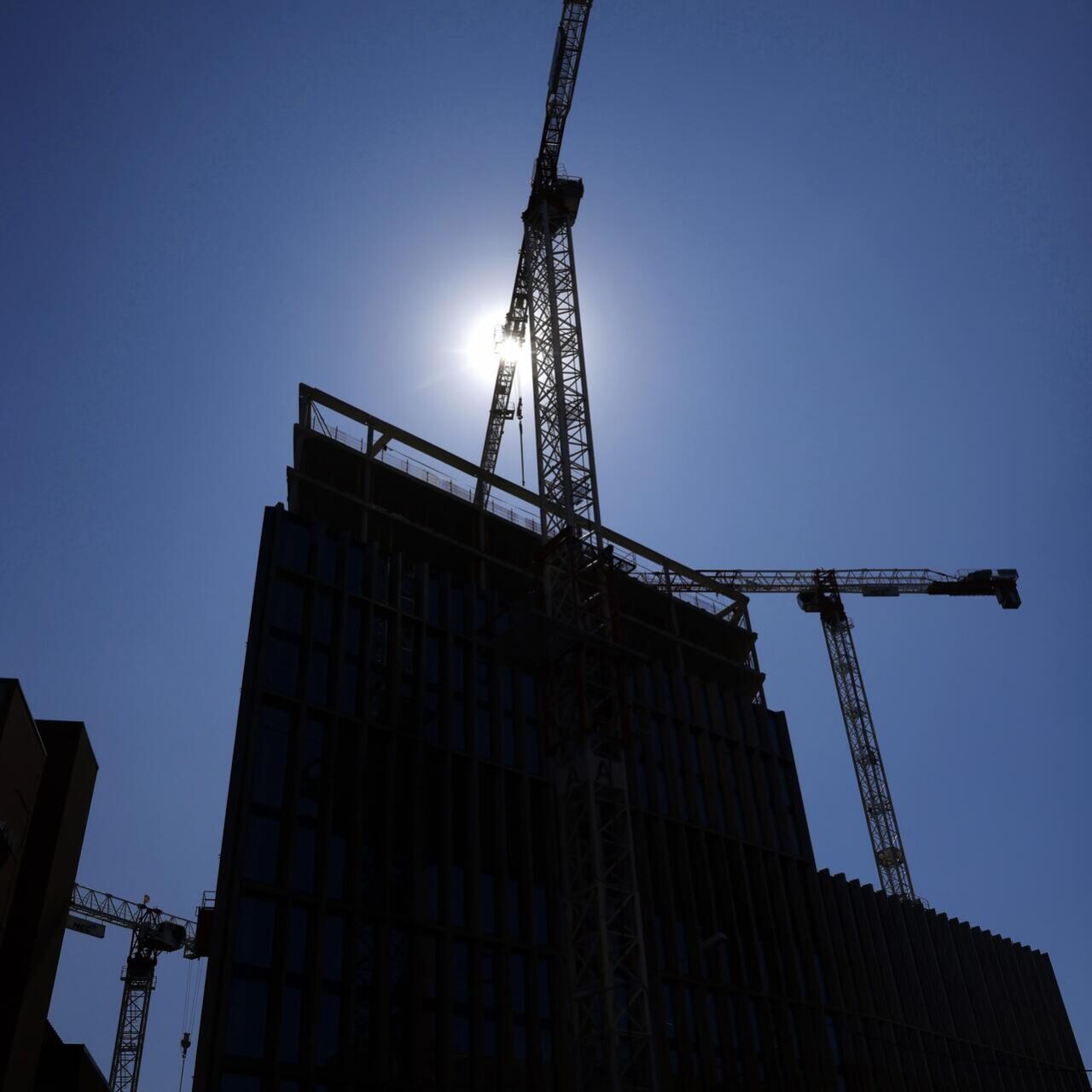



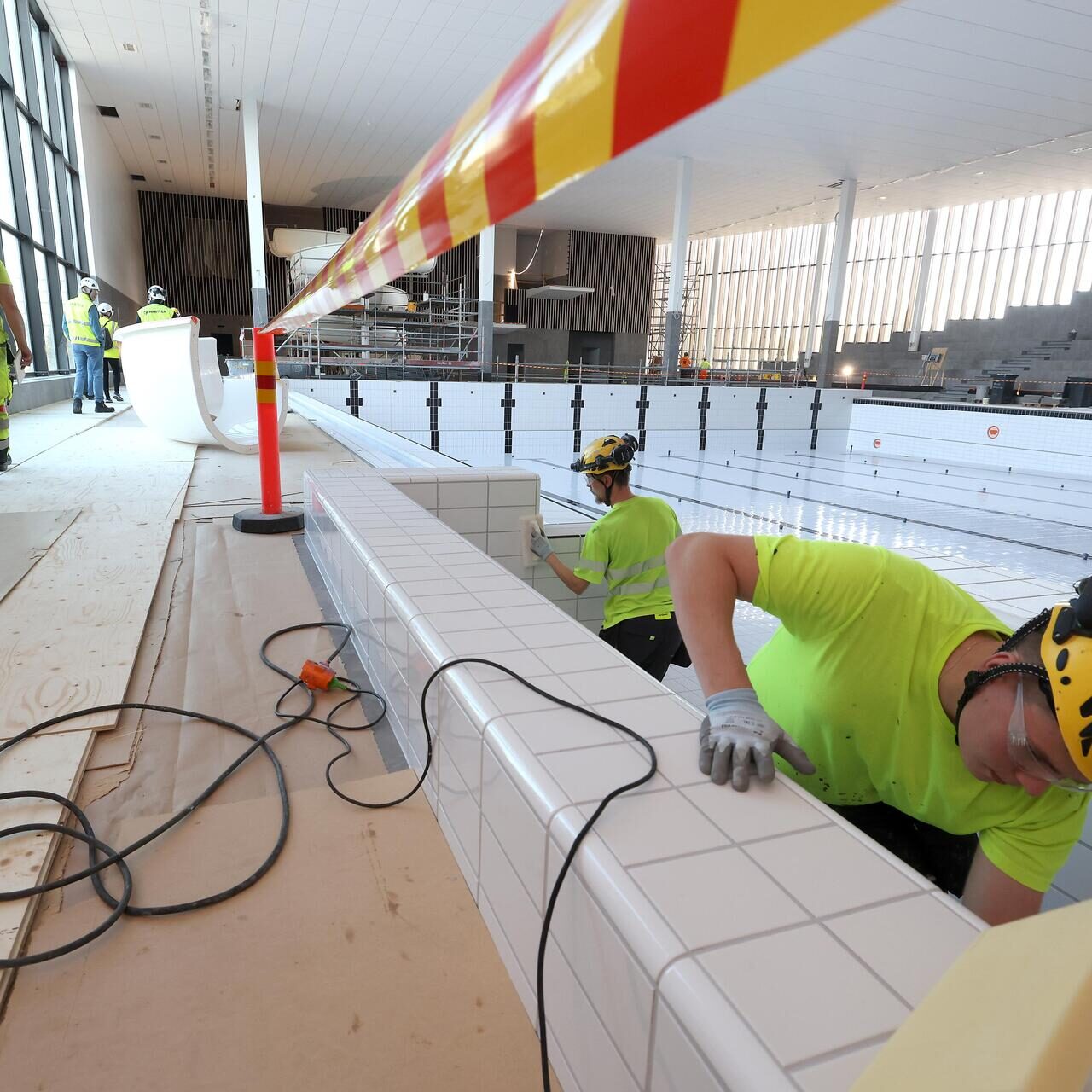
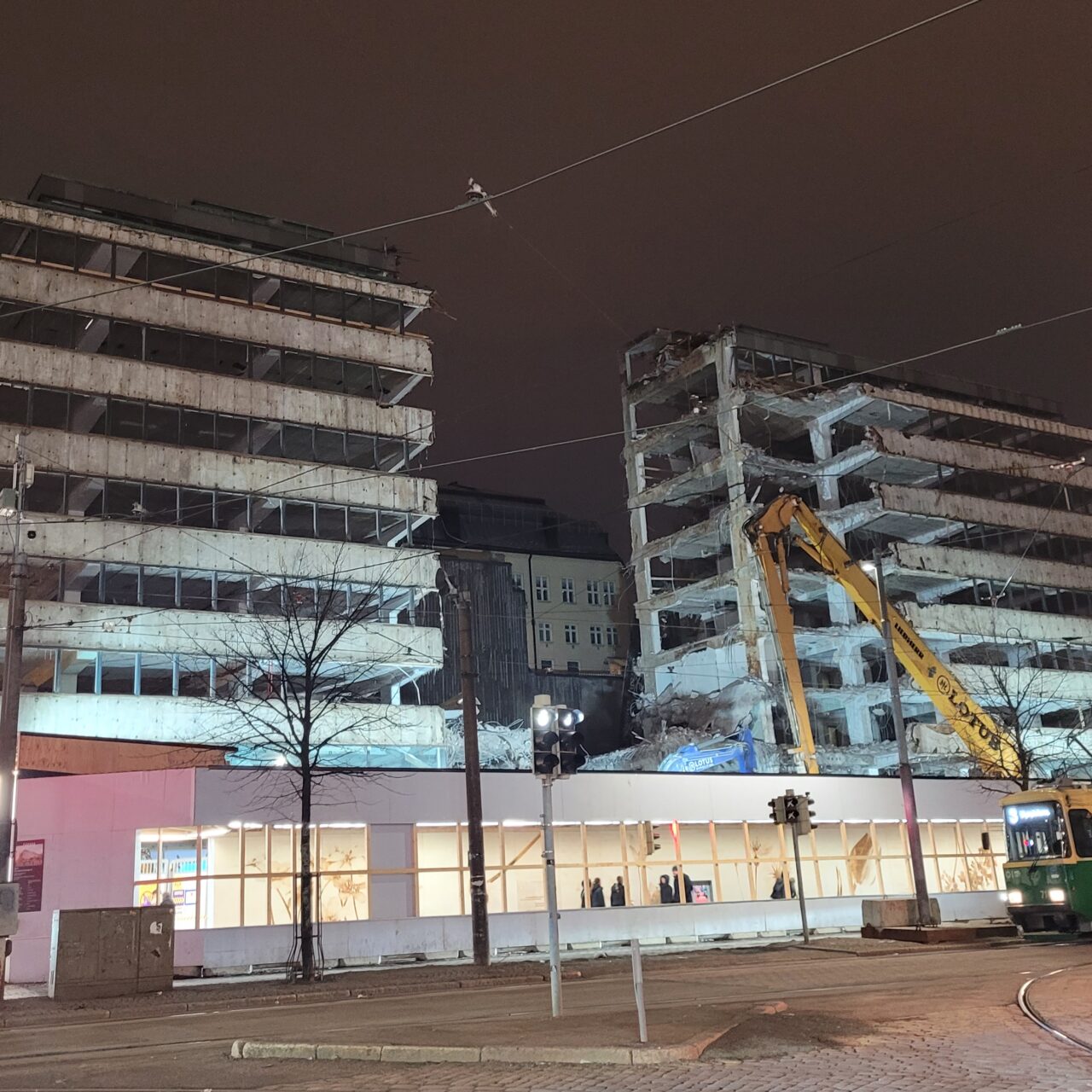
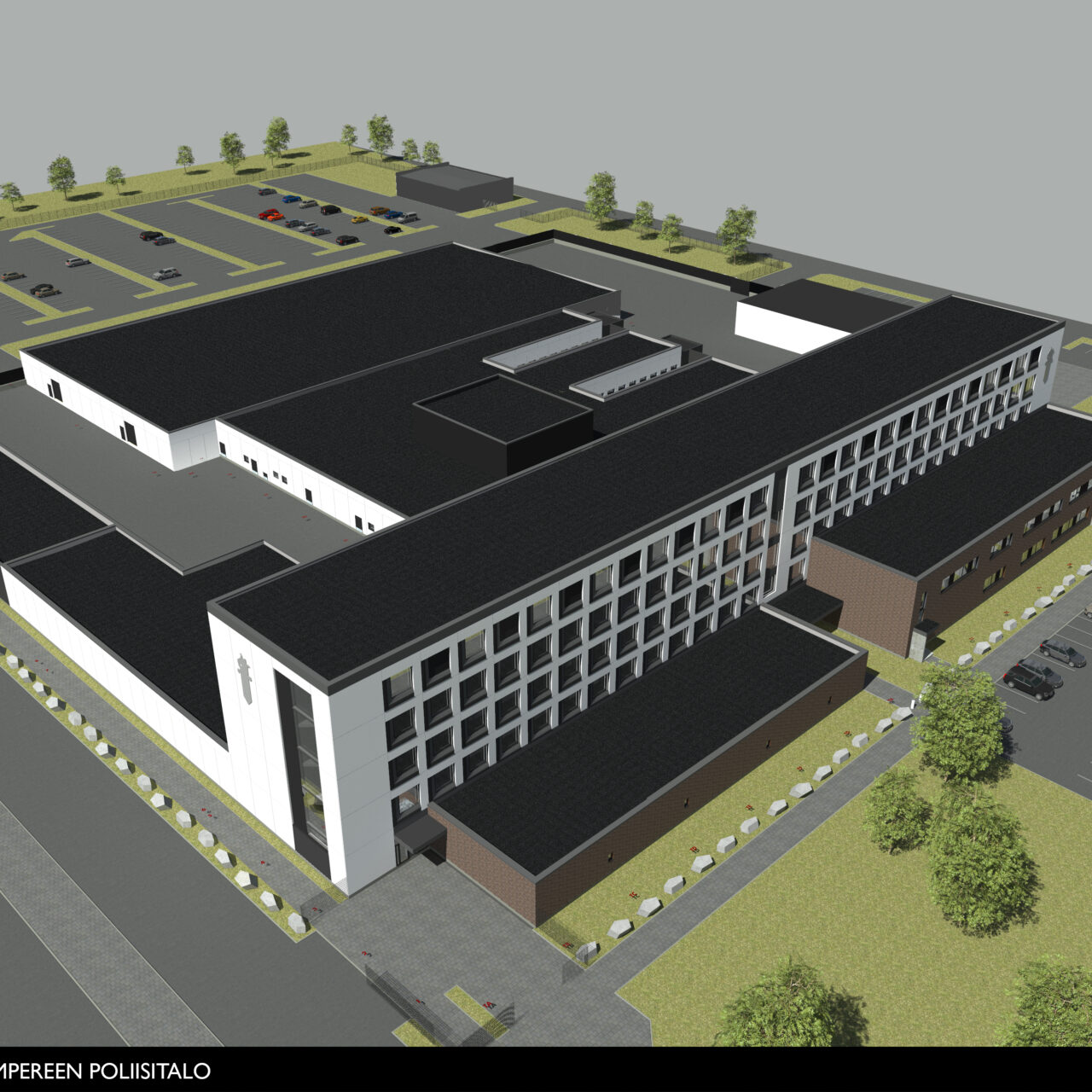










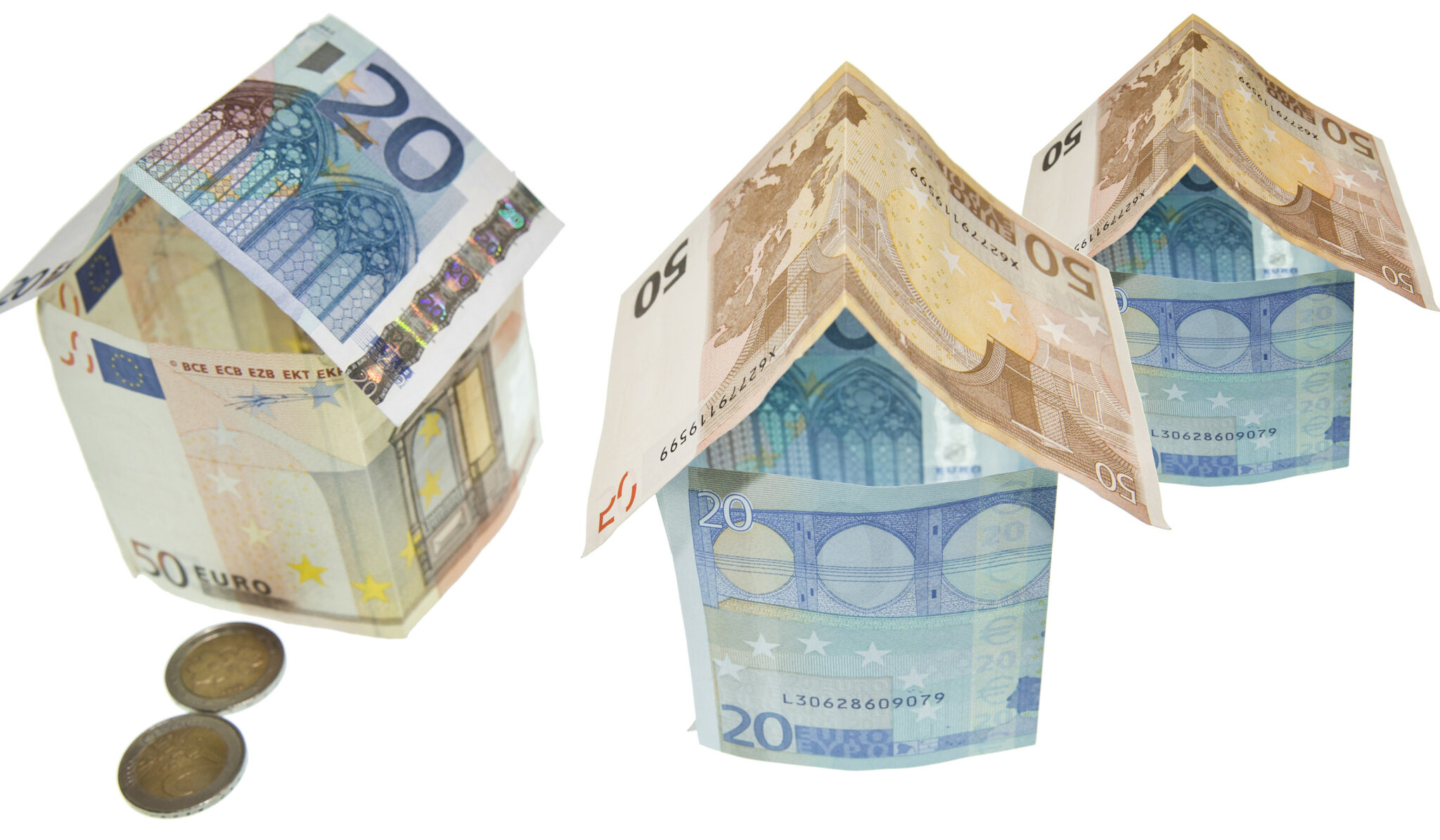






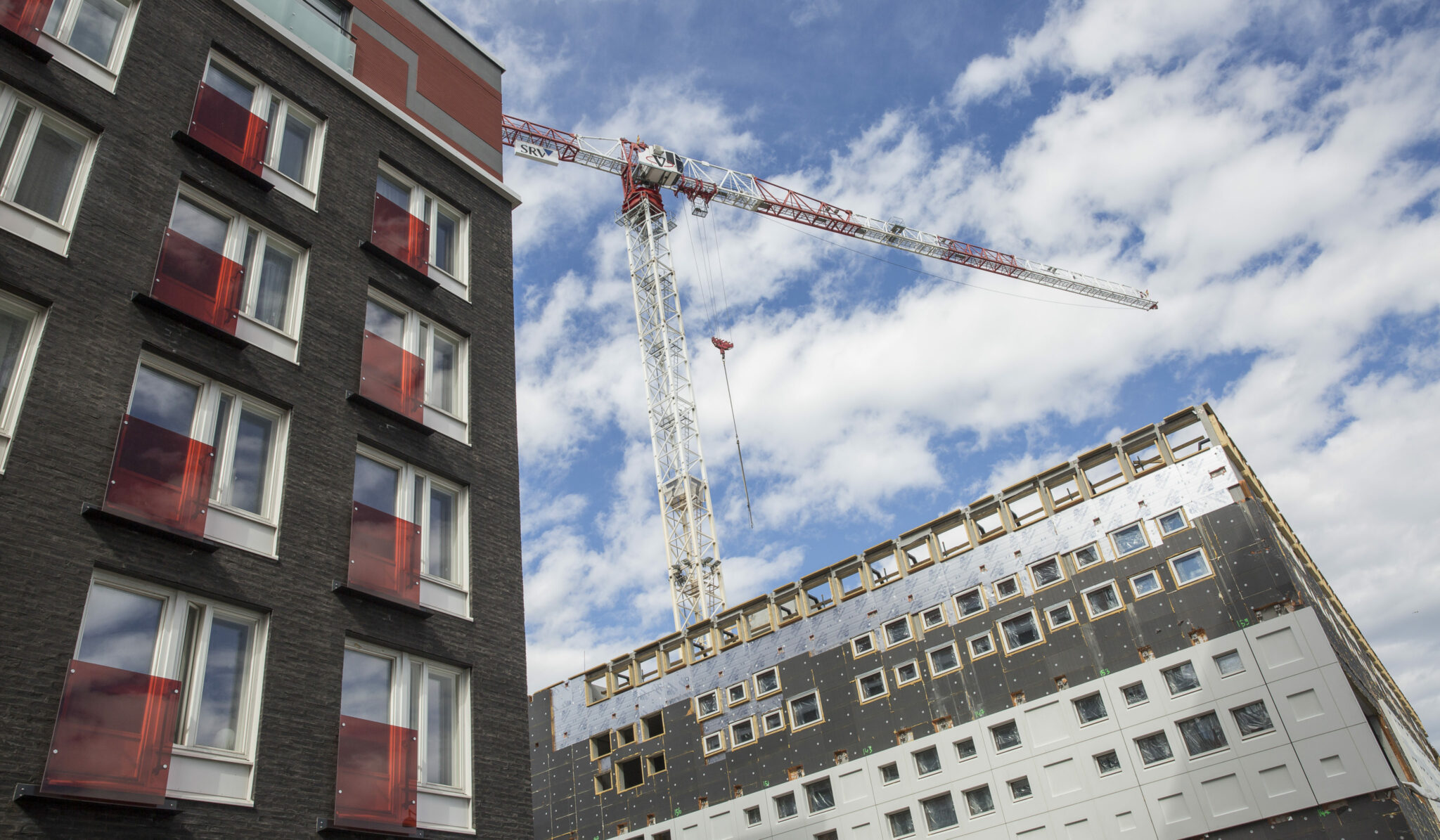
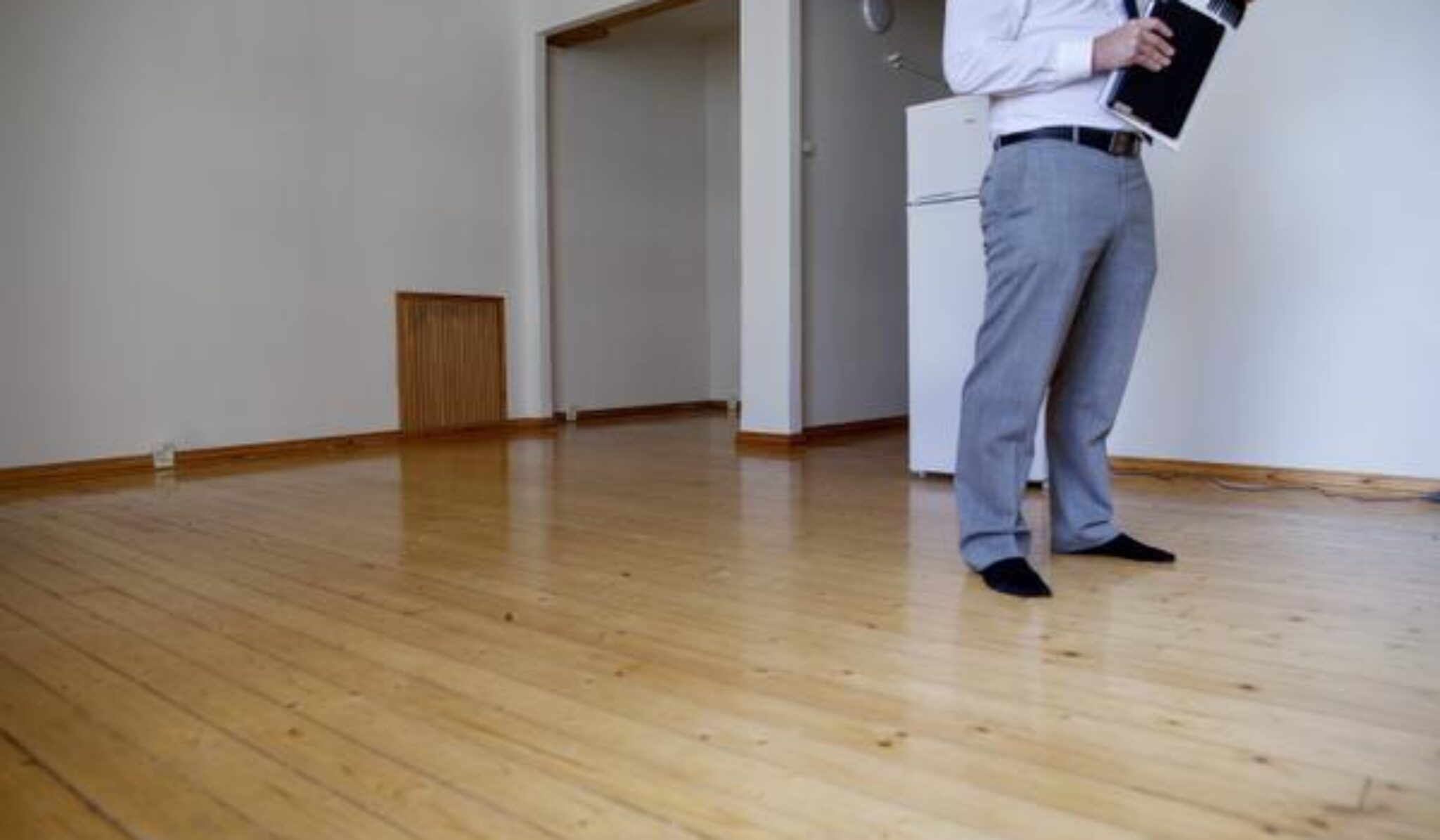

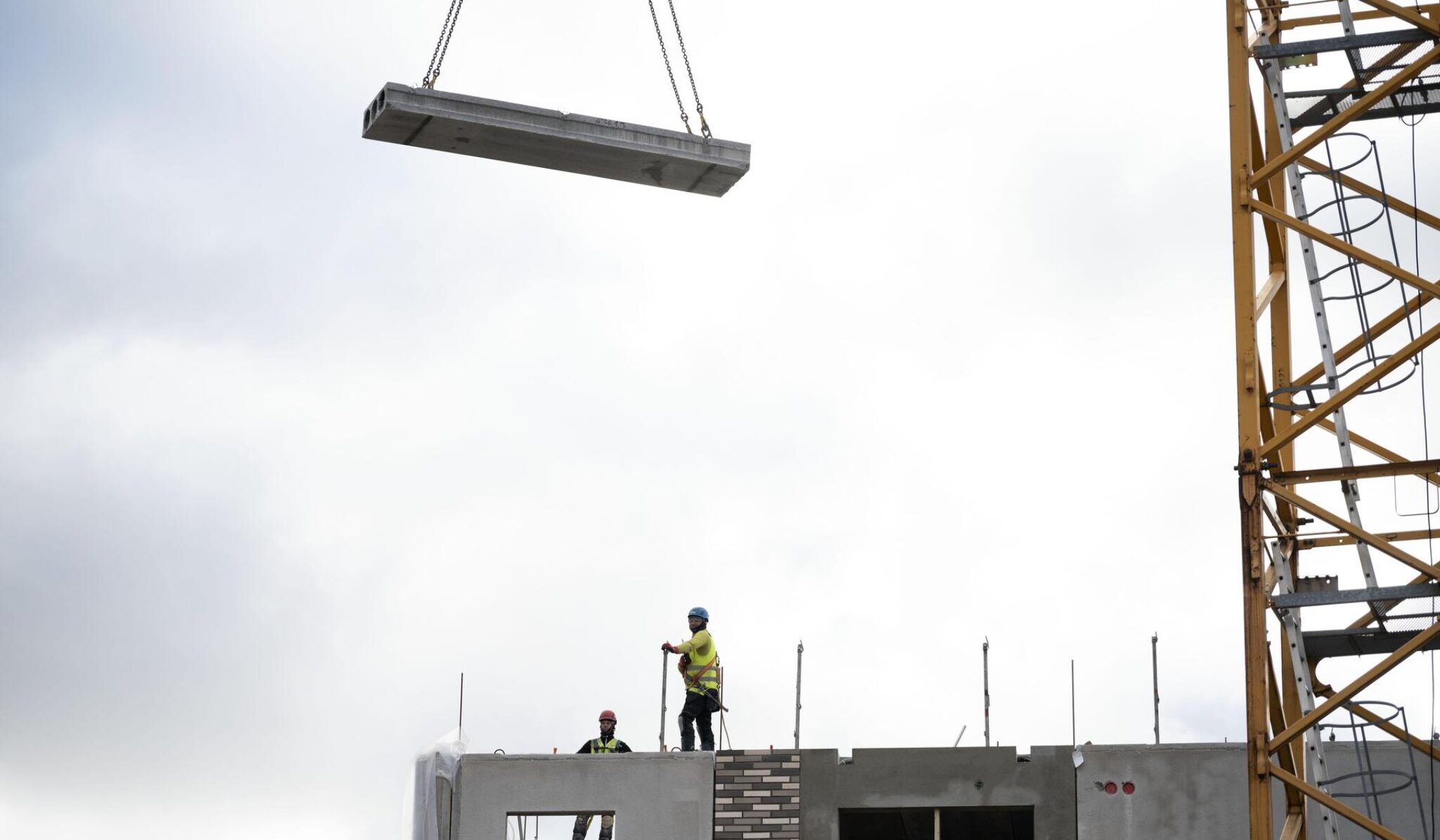
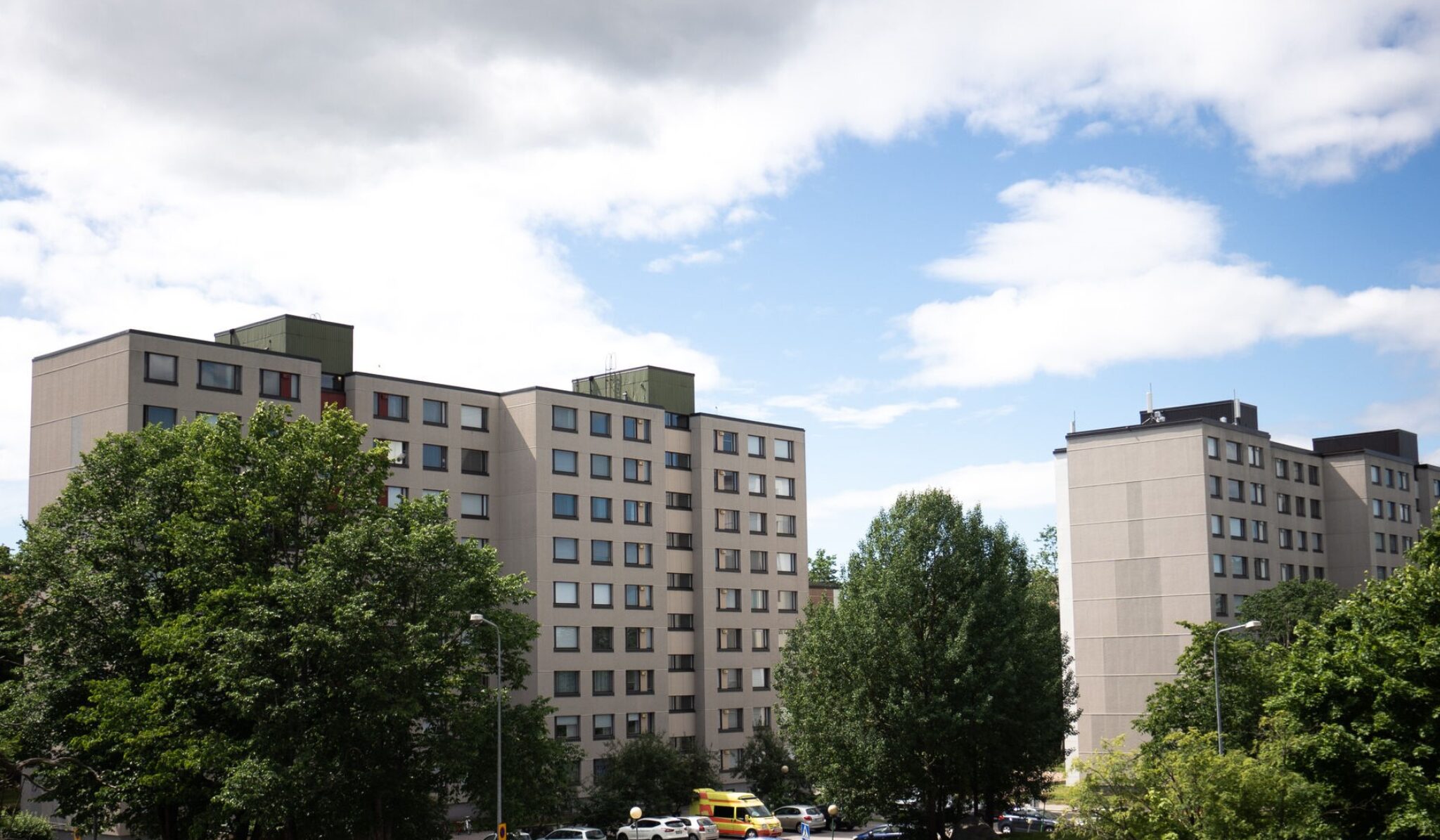
Tätä artikkelia on kommentoitu kerran
Yksi vastaus artikkeliin “Rakentajien maailma synkkeni”
Vilkaisin Pariisin Euroconstruct-konferenssin tulokset eikä hyvältä näytä. Ennusteita on vedetty selvästi alas sitten kesän Helsingin kokouksen. Pohjoismaat näyttävät selviävän hieman muuta Eurooppaa pienemmällä notkahduksella.
Katsomme tammikuun Rakennuslehdessä Euroopan ennusteita hieman tarkemmin, mutta tässä pieni tiivistelmä valitettavasti englanniksi.
The sovereign debt crises prompted most Euroconstruct members to revise their forecasts downwards after the Helsinki conference (June 2011). One of the main reasons was the less favourable macroeconomic framework: whereas economic growth of 1.9% (GDP by volume) had been anticipated in June for the Euroconstruct zone in 2012 and 2013, it is now projected at no more than 1.1% in 2012 and 1.7% in 2013.
The economic growth outlook for 2012 has clearly worsened, due to the dramatic tightening of budgetary policies and the plunge in confidence. European economic activity should nevertheless benefit in the short term from strong and sustained growth in the emerging economies, as well as low interest rates (at least in some countries). In the medium term (from 2013), growth is expected to accelerate in most countries when the imbalances have been corrected.
Construction will not return to the level of the early 2000s until 2014 In 2012, the European construction market will therefore continue to register negative growth in an unfavourable macroeconomic climate (GDP growth of less than 2% by volume), a situation similar to that of 2011. In 2013 and 2014, however, construction growth will outstrip GDP growth, although the gap will be very narrow.
Growth in construction in 2013 and 2014 will not be nearly enough for a return to the levels seen just before the crisis, since cumulative growth of about 4% by volume between 2012 and 2014 will be very small by comparison with the cumulative decline of around 17% between 2008 and 2012. At end- 2014, total output is expected to just reach the level of the early 2000s (at 2010 prices).
Relative stability of renovation and maintenance limits the negative impact of new building.
The heart of Europe and the Nordic countries, which do not constitute a homogenous block (some are more vulnerable than others), but whose growth rates will only pause in 2012 before stepping up again from 2013.